In our previous blogs, we have learned about what is TTFB, How to calculate TTFB, and also How to improve TTFB in Magento 2 and in the Opencart Store.
Here, in this blog, we will discuss how we can improve TTFB on the Prestashop website.
What Is Time To First Byte (TTFB)?
TTFB (Time To First Byte) refers to the amount of time it takes for a browser to create a server connection and start downloading a web page’s content.
TTFB encompasses various request phases:
- redirect timed
- service worker startup time (if relevant)
- DNS lookup
- connection and TLS negotiation
- The request process up to the arrival of the first response byte
- Achieving a lower TTFB involves minimizing latency during connection setup and optimizing backend performance.
What constitutes a good TTFB score?
TTFB is critical as it precedes user-centric metrics like First Contentful Paint (FCP) and Largest Contentful Paint (LCP).
To ensure a positive user experience, your server should respond promptly, aiming for the 75th percentile of users to encounter an FCP within the “good” threshold.
In general, most websites should aim for a Time To First Byte of 0.8 seconds or less.
TTFB contains 3 separate components –
- Requesting to server – When someone visits your website is that an HTTP request is sent to the server from the client (browser).
- Processing the Request – After the request is submitted, the server will now process it and produce a response.
- Response to the Client – After the request is processed by the server, it must then send it back to the client (or send the first byte back).
Let us take a look at how to calculate TTFB
There are many ways to test the performance of the website, here, we will test the performance via 2 ways – Web page performance test and Gtmetrix performance report.
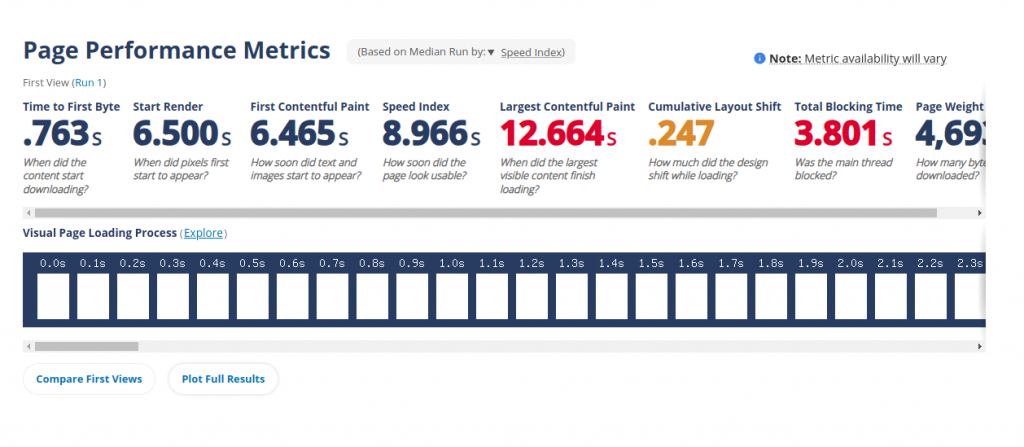
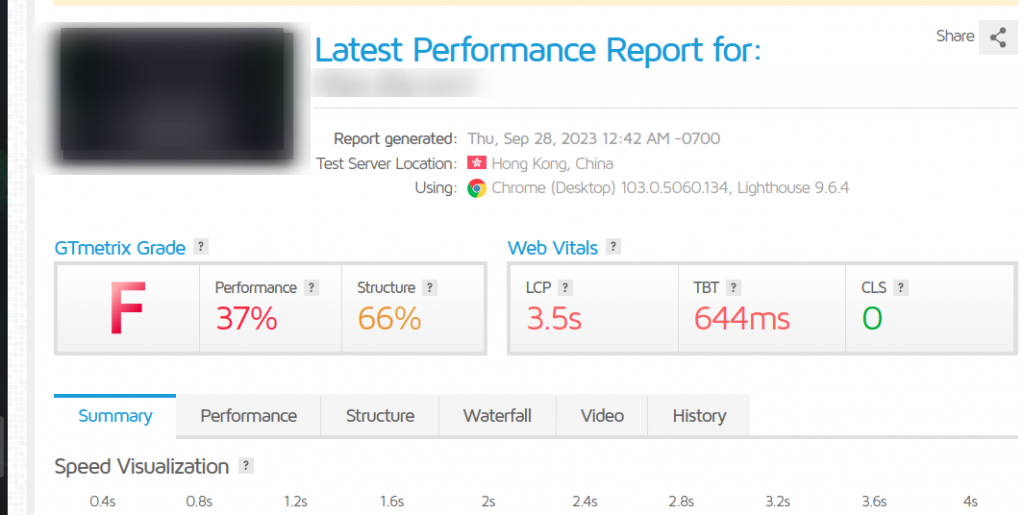
How to improve TTFB on the Prestashop Website
There are many ways by which we can improve the Time to First Byte and the page speed of our Prestashop Store, some of which we are using here –
Use a Cache Module
The main reason why caching is important is that it reduces the load on your web server which ultimately reduces your users’ loading time.
Prestashop Redis Cache helps improve the loading time of your store by creating an in-memory cache to store high-level data types.
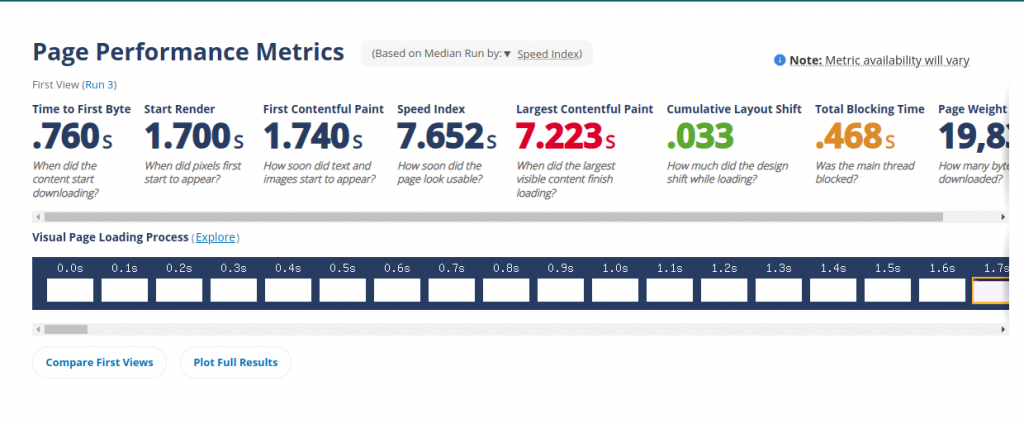
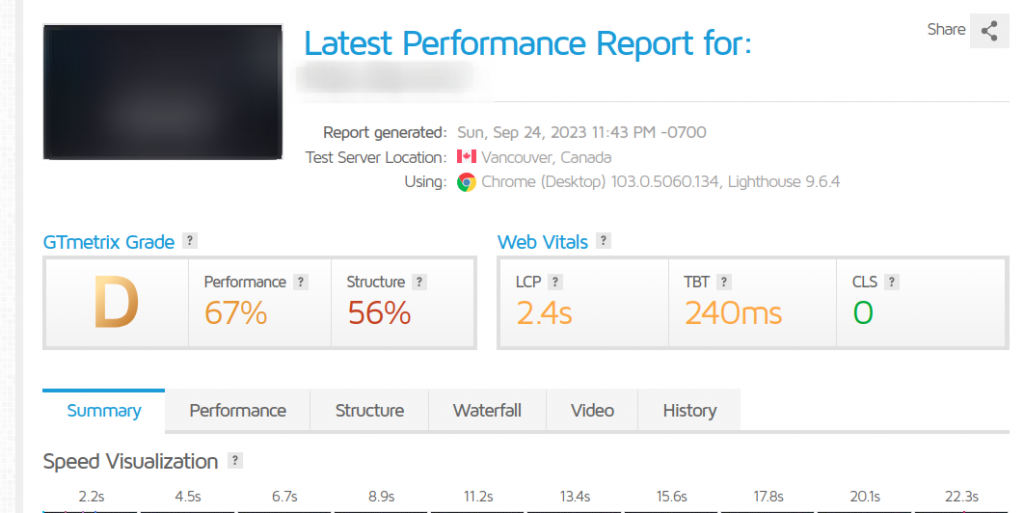
Invest in a Content Delivery Network
Your static files will be cached across a content delivery network’s global network of edge servers. CDN helps to speed up the delivery of content of websites with high traffic and global reach.
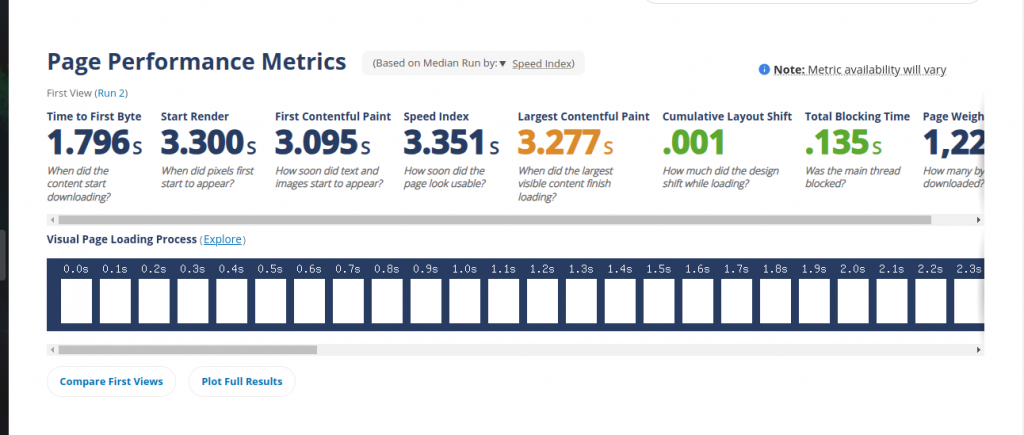
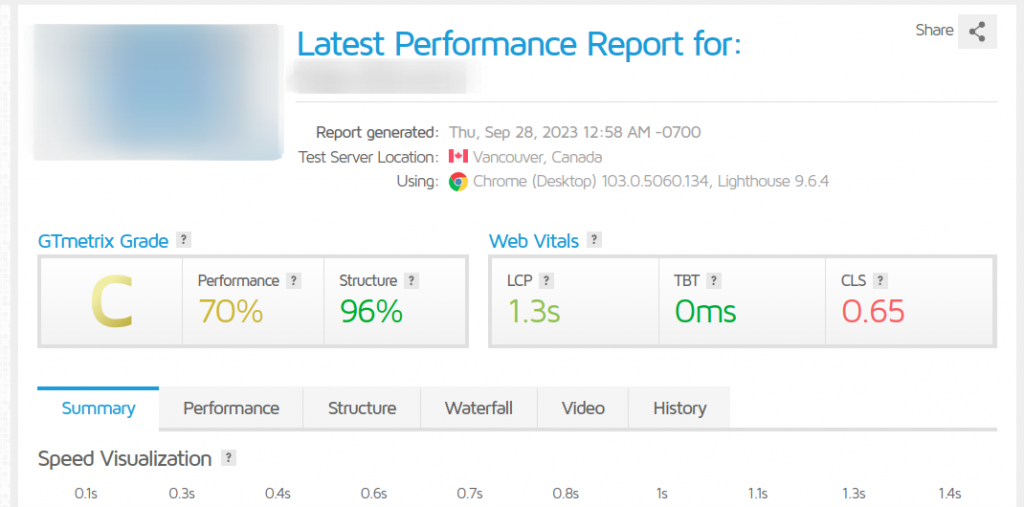
Use Gzip Compression
Gzip is a file compression method that allows your server to provide smaller, faster-loading files or images to your website visitors.


Remove Unwanted Files
This will condense all of your CSS, JavaScript, and HTML into a single line of code, therefore, eliminating any extra whitespace or characters.

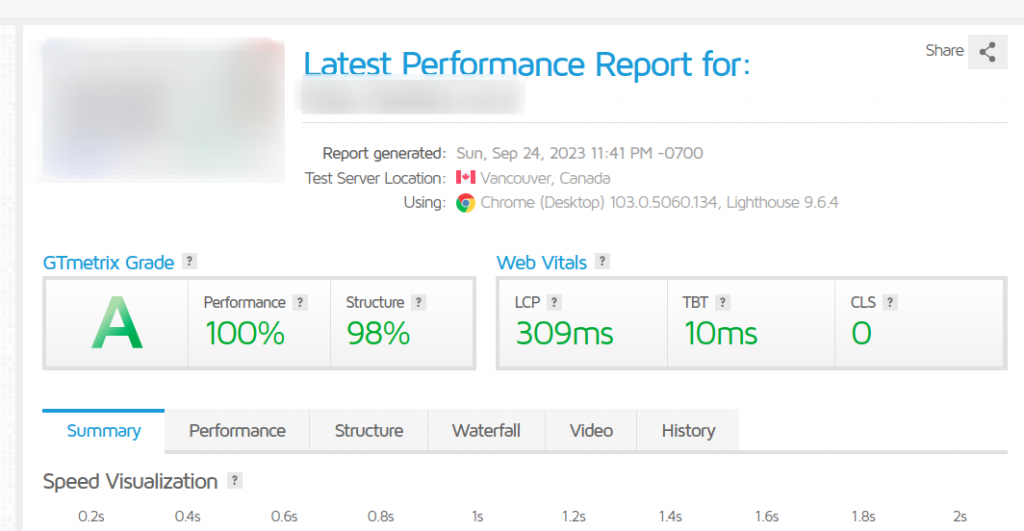
Conclusion
When it comes to Time To First Byte, you must consider factors such as location, internet connection, caching, and more.
If you don’t do this, you won’t have a realistic picture of your website’s overall TTFB.
When there is so much competition online, optimization should always be a top focus. While boosting site efficiency, optimization provides you with numerous demonstrable commercial benefits.
Need Support?
Thank You for reading this Blog!
For further more interesting blogs, keep in touch with us. If you need any kind of support, simply raise a ticket at https://webkul.uvdesk.com/en/.
You may also visit our Prestashop development services and quality Prestashop Addons.
For further help or queries, please contact us or raise a ticket.


Be the first to comment.